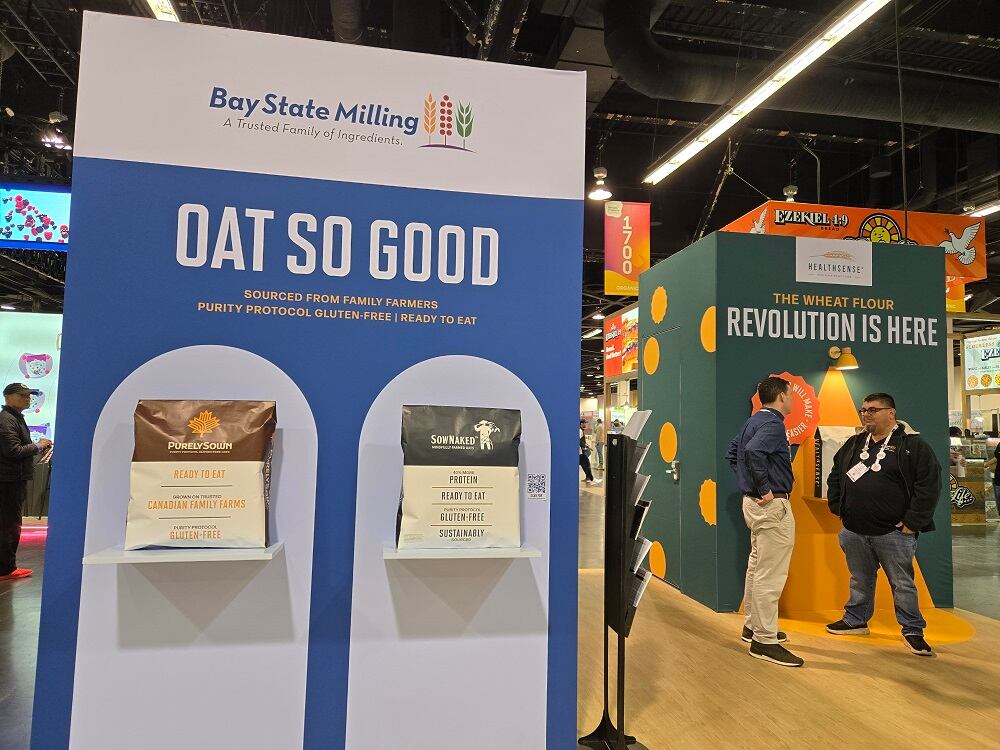Researchers at supplement retailer GNC conducted a cross-sectional study in a sample of 69 adults (14 males and 55 females), all of whom had been using a GLP-1 receptor antagonist for at least a month. Recently published in the journal Frontiers in Nutrition, the study compared participant nutrient intake—assessed through survey questionnaires and a three-day food record—to the Dietary Reference Intakes (DRI).
“Participants on a GLP-1RA are not meeting the DRI for several vital nutrients through their diet or higher protein needs during weight loss,” the GNC researchers reported. “Patient-centered nutritional guidance is essential to optimize health outcomes and prevent unintended health consequences.”
In April 2024, GNC became the first major retailer to launch a GLP-1 support program to fill nutritional gaps and support gastrointestinal, muscle and bone health—the areas most affected by these weight loss drugs.
GLP-1s and the opportunities for nutrient intake
Speaking at the NutraIngredients Weight Management Summit in February, Rachel Jones, senior vice president and chief product innovation and science officer at GNC, previewed the study’s results.
“I was actually really shocked that there wasn’t a lot out there in the literature already looking at nutritional intake,” she said. “What we found in general is of course everybody ate less, about 20% less, but number one, the calorie distribution and protein intake was suboptimal. We also saw a significant percent of the population not getting enough micronutrients.”
Specifically, the study reported that participants consumed too many calories and too much saturated fat and sodium but not enough calcium, iron, magnesium, potassium, vitamin A, C, D, E, K, and choline. Fiber, protein, fruits and vegetables were also lacking.
Jones, who was a co-author on the study, emphasized the importance of educating consumers about muscle loss during the GLP-1 weight loss journey. She identified key opportunities for ingredients like high-quality proteins, creatine and HMB to help counteract muscle wasting associated with rapid weight loss and subsequent weight rebound.
This is particularly significant given that 52% of study participants indicated that they did not intend to stay on GLP-1s for the long term, and few received supplement recommendations from their healthcare professionals when starting treatment, she added.
Specific nutrition protocols for GLP-1 users
In the study, only 51% of participants reported receiving information on how to manage potential side effects and only 20% were referred to an RDN, the GNC research reported, noting the need for more education, resources and multi-disciplinary referrals to better support GLP-1 patients.
“Studies show patients who receive ongoing nutrition counseling with RDN are more likely to maintain weight loss,” they wrote. “Primary objectives for pharmaceutical weight loss should focus on optimizing diet composition and nutrient intake in addition to managing side effects.”
Here, the study emphasized adhering to general guidance on higher protein intake calculated for g/kg for lean mass preservation—presenting meal replacement shakes as a relatively low-calorie, low-fat source of protein that can be supplemented with vitamins and minerals to help fill dietary gaps.
To advance GLP-1 receptor agonist-specific nutrition protocols, the researchers called for large-scale studies to understand nutrient intake in GLP-1 users before, during and after treatment.
Source: Frontiers in Nutrition. doi: 10.3389/fnut.2025.1566498. “Investigating nutrient intake during use of glucagon-like peptide-1 receptor agonist: a cross-sectional study”. Authors: Brittany Johnson et al.


